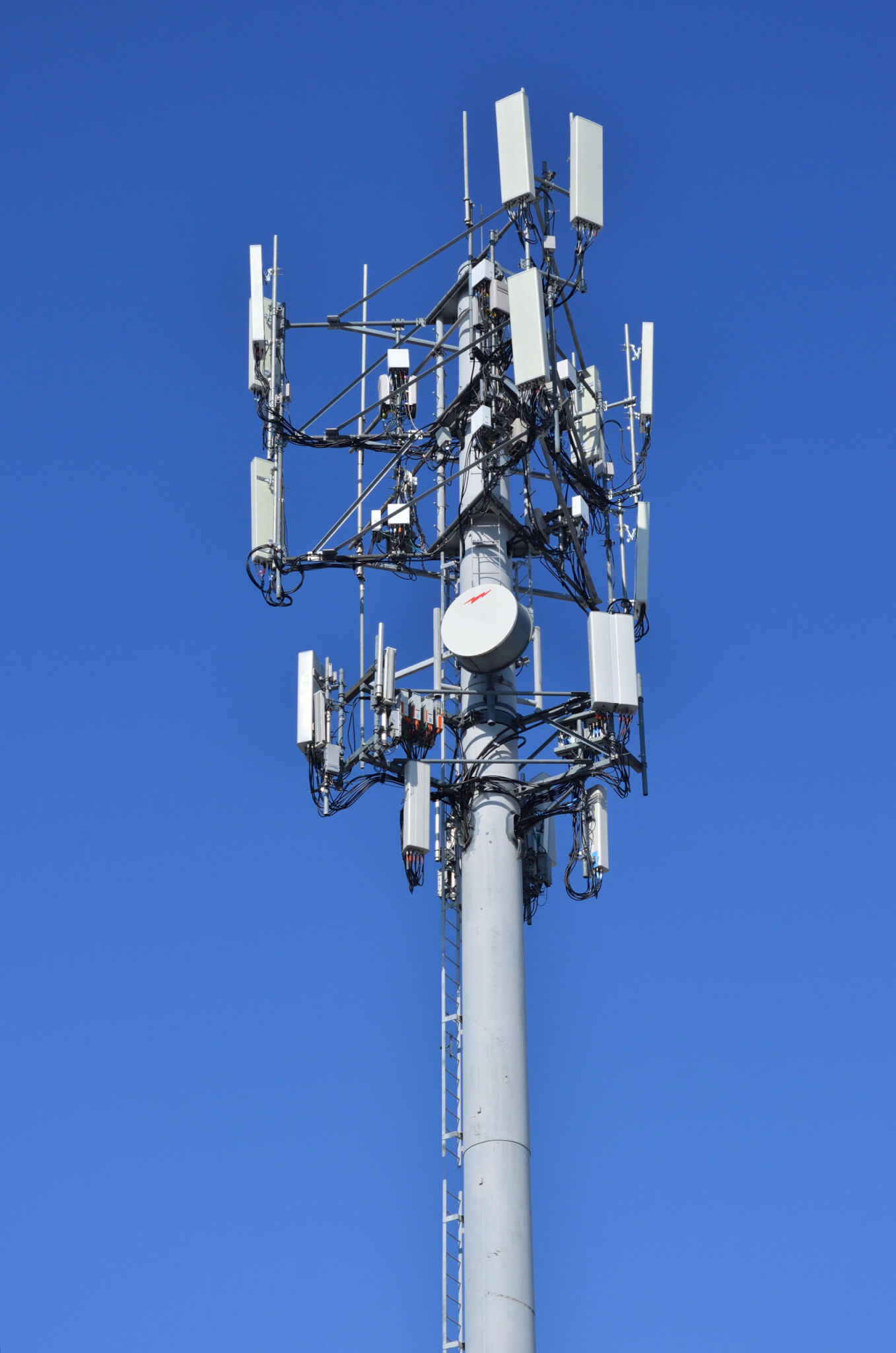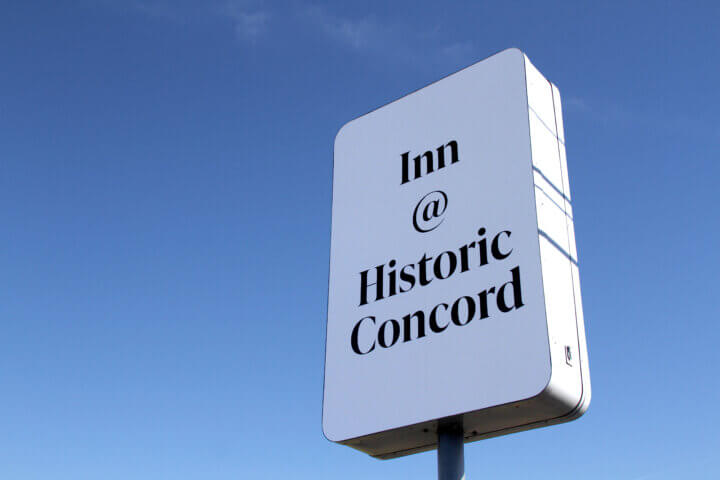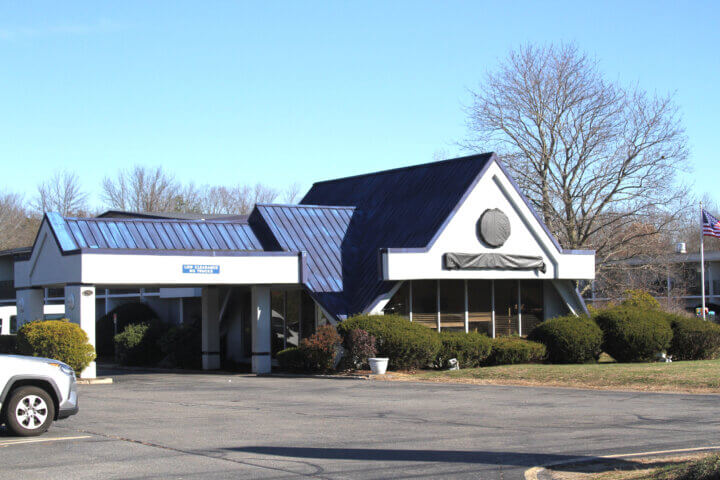So you want to use your cell phone in downtown Concord. Maybe you’d like to pay for parking, or look up a local business, or just make a call.
Good luck with that.
Concord has become notorious for a plethora of cellular dead spots that can fuel everything from mild annoyance to an outright public safety crisis. The scope of the problem came into focus last week at a listening session to discuss the town’s poor cell coverage — and viable solutions.
The Select Board has made bringing life to the dead spots a priority. From the tenor and tone of the meeting, it could be a long, perhaps difficult road to a solution.
“I want to impress on you how urgent the [Select] Board and I feel about solving this issue,” said Select Board Chair Henry Dane upon opening the session.
The time has come, he said, when finding the perfect solution cannot be the goal. Rather, the town needs to find a solution that can be up and running quickly. Factors fueling Dane’s contention: Public safety, economic issues and the 250th celebration of the American Revolution that’s expected to draw thousands of visitors to Concord in less than two years.
Town’s Chief Technology Officer Jason Bulger kicked off the session, giving close to 100 attendees, between Zoom and in-person, a snapshot of how the dead-spot issue began, how it looks now, and potential solutions.
When the first cell towers were built in the 1990s, the focus was Route 2, as carriers wanted to ensure coverage along the highway. Around that time, the town passed a bylaw governing the location and height of towers. It limits them to 120 feet. They must be at least 1,000 feet from schools and homes. And they can’t be built on wetlands.
Other than cosmetic tinkering, that bylaw remains largely unchanged, Bulger said.
Right now, there are four towers in Concord: Annursnac Hill, Middlesex School, the wastewater treatment plant, and Emerson Hospital.
“All of our sites that have cellular infrastructure do not comply with our bylaw,” Bulger said.
The impact is dramatic: There is no coverage at the high school, emergency personnel cannot use cell phones in parts of town, and nearly no one, it seems, can communicate effectively.
Fire Chief Tom Judge related how all his department’s preplanning, such as where hazards and hydrants are located, utility shutoffs, and other details a firefighter needs in an emergency exist in the cloud and are not consistently accessible.
“There was a high school teacher who was dealing with a medical emergency who couldn’t reach 911. They couldn’t relocate to another place to call, so it created a tough situation,” Judge said.
Fixing things won’t be easy. There’s the bylaw to contend with and, Bulger said, the town has developed a negative image with some cellular companies. Relationships can be adversarial. “There have been [requests for proposals] issued that have fallen through,” he said.
Some projects, such as negotiations between Verizon and the Tricon Church in Concord Center, are outside the town’s purview. Concord officials can offer help but have little direct influence on the outcome.
The session included a long stretch of questions and answers — and if the questions were any indication, efforts to build new cellular infrastructure could be heavy sledding.
On one hand was a Shag Bark Road resident who related how he was unable to reach a child at the high school during recent storms that knocked out power to his neighborhood. Another came from an Emerson Hospital emergency room doctor, who missed four pages for a patient in crisis because he happened to be at an Alcott School orientation.
On the other hand, several people voiced health concerns about radiation emanating from the towers.
“Why don’t we look at places where it [siting cell towers] won’t impact people?” asked Liza Carter.
Others expressing similar worries cited a New Hampshire study which seems to indicate elevated health risks for people exposed to radio frequency radiation. That, most argued, would preclude placing a tower at places like the high school.
But other residents were critical of the New Hampshire study, calling the data ‘cherry picked.”
What’s next?
In a follow-up email, Dane said his focus is still on “the opportunity that will provide the most coverage in the least time.” Tricon Church, he argued, has the best location, is already permitted, and has known feasibility and the least opposition.
Dane said he’d like to see “town resources and incentives [brought] to bear on the private parties to bring them to agreement and facilitate the project,” and “continue to work with the Regional School District to find a solution that will meet its needs.”






